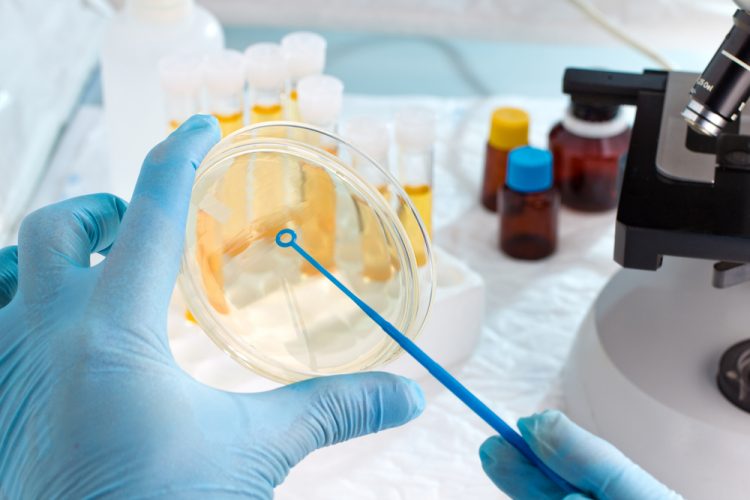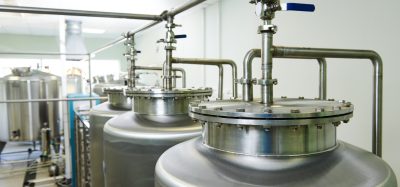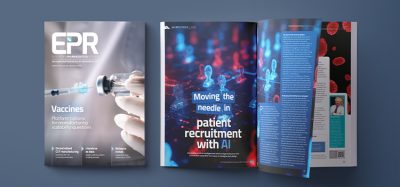A comprehensive review of the newly revised European Pharmacopoeia chapter 5.1.6
Posted: 31 August 2017 | Dr Michael J. Miller | 1 comment
European Pharmacopoeia Chapter 5.1.6, Alternative Methods for Control of Microbiological Quality, was recently revised and published in Ph. Eur. Supplement 9.2. The new chapter comprises a number of significant changes from the original version published in 2006. Prior revisions to a similar chapter and technical report from the USP and the Parenteral Drug Association (PDA) necessitates a comprehensive review of Ph. Eur. 5.1.6 and how it compares with the recommendations provided in these two additional guidance documents.


Supplement 9.2 of the European Pharmacopoeia published an overview of the changes to chapter 5.1.6, Alternative Methods for Control of Microbiological Quality,1 which went into effect on July 1, 2017. The chapter was completely rewritten to take into account current expectations for validating alternative and rapid microbiological methods, recent enhancements to methodologies and technologies and the use of alternative methods on in-process samples that support a Process Analytical Technology (PAT) monitoring strategy.
Additional guidance has been added for identification methods including the use of databases during validation and the state of microbial cultures for identification purposes. The chapter also suggests traditional biochemical and phenotypic identification methods are less accurate and precise than genotypic methods.
The sections on technology reviews and scientific principles are generally similar to what was previously discussed; however, microcalorimetry and phage-based methods have been removed. A new section on the detection of growth using selective and/or indicative media has replaced original recommendations for media development. Additionally, autofluorescence methods have been added to the Direct Measurement section and the discussion on genotypic methods has been significantly enhanced to include DNA and RNA-based methods
The validation sections were significantly revised. For example, additional detail is provided for primary validation, validation for the intended use and validation of the different types of microbiological tests (i.e., qualitative, quantitative and identification).
Finally, the validation example section (i.e., Example validation of an alternative method: detailed protocol followed by a laboratory for the implementation of bioluminescence) has been removed and there are currently no additional examples provided. This was done to eliminate potential misinterpretation of the purpose of examples. However, we may see the addition of new examples to the Ph. Eur. knowledge database at a later time.
It is important to understand the chapter revisions in terms of validation processes, as this topic is most relevant when demonstrating an alternative or rapid method is not inferior to an existing compendial method. For this reason, validation will be the focus of the remainder of this article and a comparison between Ph. Eur. 5.1.6, the 2015 revision to USP <1223>2 and the 2013 revision to PDA Technical Report No. 33 (TR33)3 will be included. The reader is also encouraged to review this author’s prior publications4-5 related to the revision of USP <1223> as these may aid in understanding the similarities and differences between the compendial chapters.
The validation process
Ph. Eur. 5.1.6 describes two (2) levels of validation: primary validation and validation for the intended use.
Primary validation is the responsibility of the technology supplier. This is demonstrated by challenging the method with a panel of microorganisms appropriate for the method’s intended use. The criteria assessed will be dependent on whether the method is qualitative, quantitative or will provide a microbial identification. For example a quantitative method would require an assessment of accuracy, precision, specificity, limit of quantitation, linearity, range and robustness. The end-user should review data associated with the supplier’s primary validation, the principle of detection, materials and equipment required and the expected output or signal.
The rest of this content is restricted - login or subscribe free to access
Thank you for visiting our website. To access this content in full you'll need to login. It's completely free to subscribe, and in less than a minute you can continue reading. If you've already subscribed, great - just login.
Why subscribe? Join our growing community of thousands of industry professionals and gain access to:
- bi-monthly issues in print and/or digital format
- case studies, whitepapers, webinars and industry-leading content
- breaking news and features
- our extensive online archive of thousands of articles and years of past issues
- ...And it's all free!
Click here to Subscribe today Login here










what was the problem with phage-based technology? thanks. P.